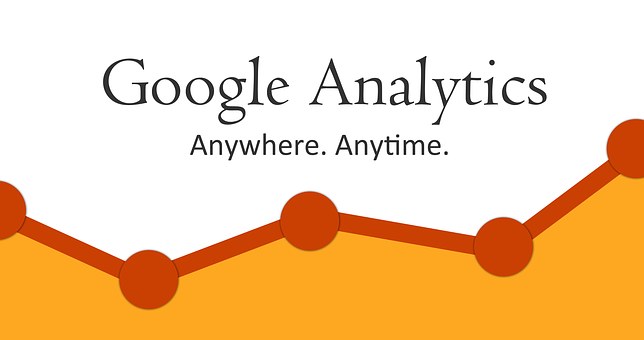There’s a lot of hype in the business communities about data, analytics, cloud technologies, data science, and e-commerce. A cornucopia of jargon that emphasizes data (raw material) and its analytics spinoff (the service). Or is it emphasizing business? What came first, the chicken or the egg?
It’s now easier and more economical than ever to accumulate data, store it, and perform advanced analytics on it. Data is a business in and of itself. So, it’s like putting a layer of business on top of business.
There is one fundamental rule that business people (not necessarily data inclined business people), whether they are C-Suite executives, Mid-Market entrepreneurs, or small business owners, must remember:
Rule #1 – Business Strategy Trumps Data all the Time
Data analytics is not magic or voodoo. Data analytics is a business vertical that has it’s own supply chain dynamics, marketplace, and laterally integrated processes and operations parameters. If your business is not working at capacity or delivering the ROI that it should be, re-design and re-align your business strategy. Data alone will not solve the underlying business strategy problems.
Myth #1 – Data will solve all our Business Problems
To take the argument further, there is no magic bullet. All the hype with predictive and prescriptive analytics have business people in all spheres thinking that there is some kind of crystal ball that’s going to make the revenue model graph peak at just the right time. That is FALSE.
If you’re a multi-national corporation that has the financial prowess to be able to work with fudged numbers just for the sake of it, so be it. However in the real world of hard work and business, we don’t have that luxury.
Data and analytics do not solve business problems. Business Strategy solves business problems. Overlaying data on ill-fated business strategies and broken processes will compound the problems and dig you deeper into the hole.
The Supply & Demand of Data
Although we’ve been collecting and storing data for a long time now, it’s been more rampant in the recent past due to the falling costs of producing, acquiring, storing, and analyzing it.
However, as with any other tradable commodity since the beginning of time (salt, precious metals, etc.) the more we can control the supply, the better the value on the market. Hence, the data revolution, which is going to be bigger than the industrial revolution. Mass aggregators in the cloud are trying to collect as much as they can.
The oil sheiks of the data revolution are the likes of Oracle, IBM, et al. Companies that have been traditionally selling the hardware, are now realizing the value of the ramifications of what they have been storing. The data supply chain is maturing.
How to Use Data Effectively – The Strategy
As the space grows and transforms itself there are a few underlying thematic business processes that need to be adhered to without even thinking of the data analytics catalyst for competitive advantage.
Enaging with scalable data analytics visualization companies that can give you real time reporting dashboards on any device is NOT the solution. The old adage of GIGO (garbage in, garbage out) ALWAYS holds true.
The rules and questions for effective data use come back to the fundamentals of business strategy:
- What Service or Good are you producing for the customer
- Why are you producing this good or service ?
- What is your business strategy ? (Growth, profit, market share, etc…)
Only once you have those fundamental business questions, challenges, and strategies on paper can you begin to overlay the data models. This in turn, will build sustainable competitive advantage and the proper foundation.
You must always be answering to the fundamental business strategy when building the data pathway.
How to Use Data Effectively – The Tactics
The analysts, consultants, software and hardware people should be an integral part of the business strategy development. Why? If they are not part of the conversation they will be spending futile energies on going in the wrong direction once they are fully engaged. The tactical part of effective execution must always use the underlying business strategies. For tactical data analytics and execution to be aligned with business strategy:
- Collect the right data and metadata (data about data)
- Continually Audit the Data and Sources
- Align Data Processes with Business Strategy
- Engage with Creative Consultants
- Mash up internal and external data sets creatively
- Align with Business Strategy
- Govern the data pathway continuously
- Execute, and repeat…
By adhering to both strategy and tactical alignment your organization will be able to effectively:
- Determine what happened & why (Descriptive Analytics)
- Predict what will happen (Predictive Analytics)
- Prescribe proactive actions (Prescriptive Analytics – What should we do? Suggest actions that align with business strategy to maximize ROI)
This article originally appeared here. Republished with permission. Submit your copyright complaints here.










![7 data-driven ways to optimize your online store for mobile [Infographic]](https://crayondata.ai/wp-content/uploads/2019/11/optimize-1.jpg)


![Top tips and tricks to improving your customer experience [Infographic]](https://crayondata.ai/wp-content/uploads/2019/01/customer-journey-1.jpg)









